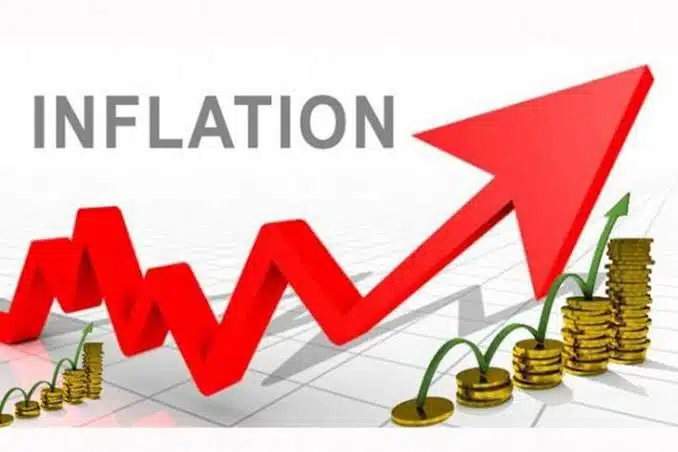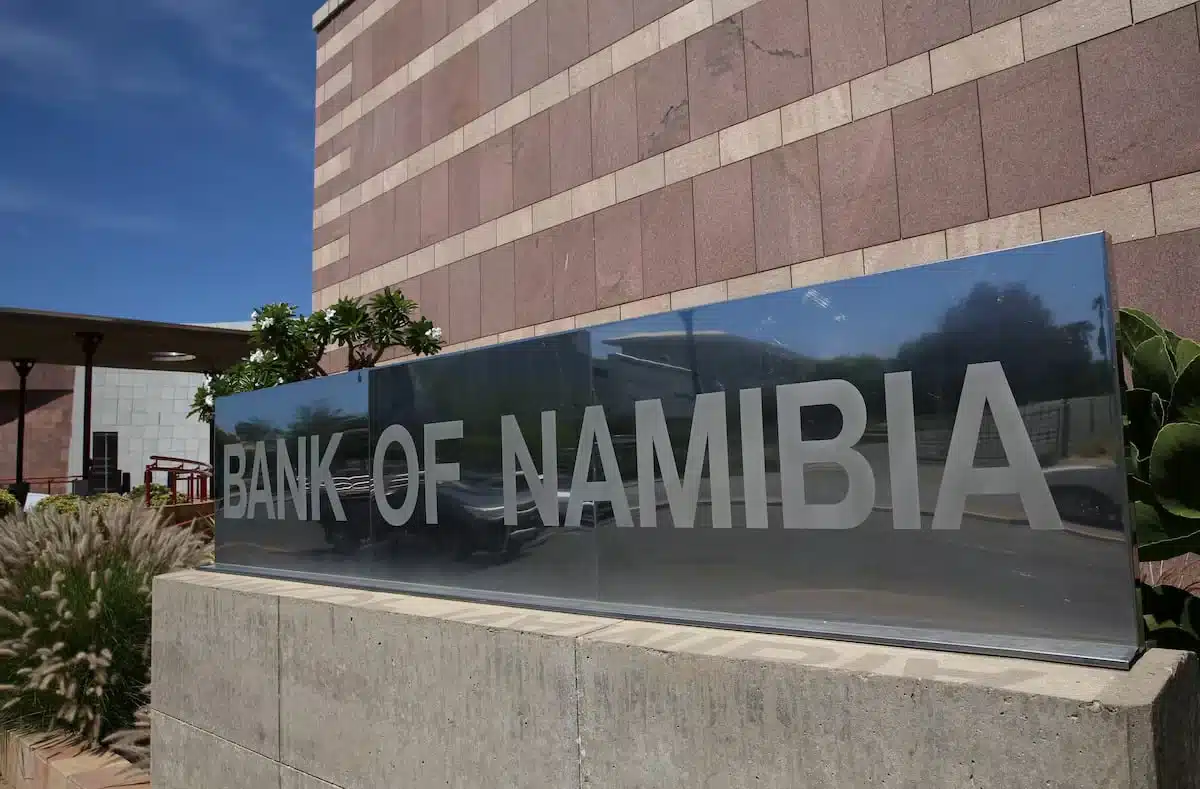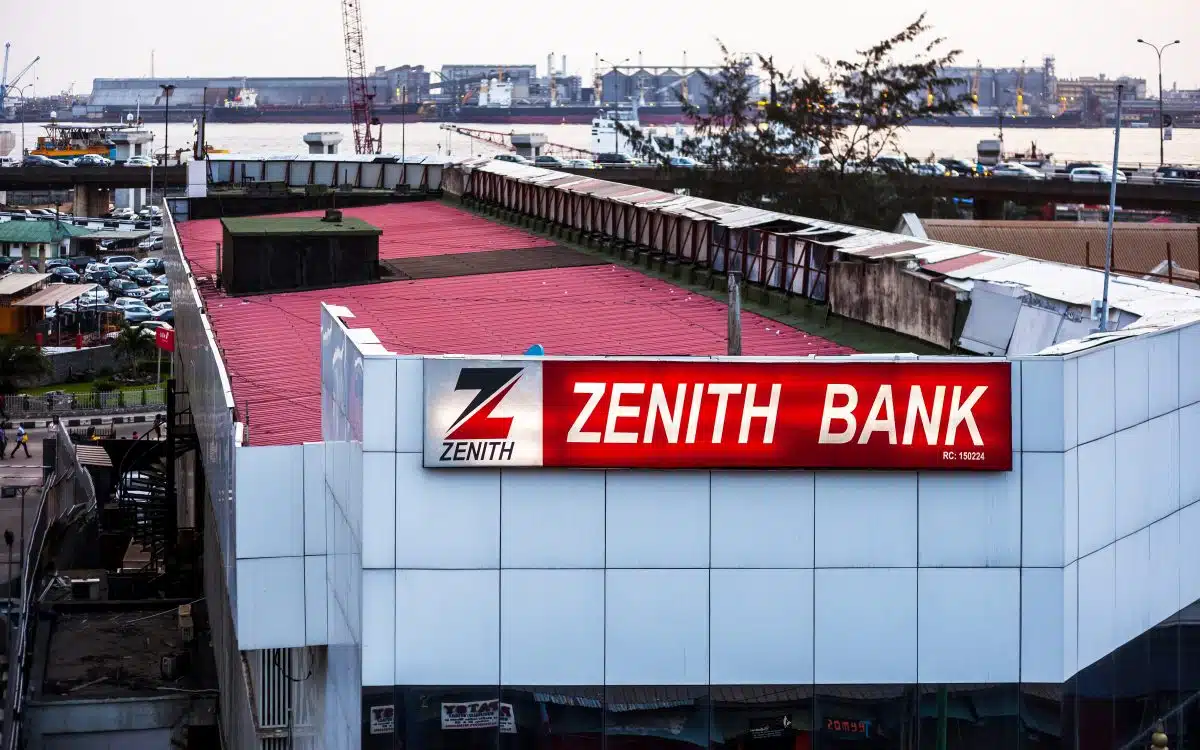Egypt’s urban inflation rate plunged to 12.8% in February 2025, nearly halving 24% in January and marking its lowest level since March 2022.
The sharp decline indicates that the country’s efforts to increase foreign exchange availability and stabilise its currency are beginning to pay off.
On the other hand, the drop in inflation was widely anticipated due to the base effect—a phenomenon that occurs when current price levels are compared to an unusually high inflation rate from the previous year.
In February 2024, inflation surged to 36% as businesses struggled with a severe dollar shortage, forcing them to buy foreign currency at steep black-market rates and pass those higher costs on to consumers.
With those extreme price pressures no longer in play, the year-on-year inflation rate for February 2025 appears significantly lower, even though prices may still be rising.
Even so, the extent of the slowdown exceeded expectations.
Analysts at Goldman Sachs now predict the Central Bank of Egypt (CBE) could cut its base rate—currently at 27.25%—by 300 to 400 basis points at its April 17 policy meeting.
Meanwhile, some economists say policymakers might even call an emergency meeting to start easing sooner.
“We view the current monetary policy stance as excessively restrictive,” said Farouk Soussa, an economist at Goldman Sachs covering the Middle East and North Africa.
Despite the downward trend in price growth -which began in September 2024 – inflation remains above the central banks target of 7% (+- 2 percentage points).
Food and core inflation trends
According to the latest data from Egypt’s statistical bureau, food and beverage prices, which make up the largest share of Egypt’s inflation basket, edged up by only 3.7% in February, a sharp slowdown from 20.8% in January.
Meanwhile, annual core inflation—which excludes volatile items such as energy—fell to 10% from 22.6% in January, further signaling a cooling price environment.
On a monthly basis, overall consumer prices rose 1.4%, slightly down from 1.5% the previous month.
Egypt’s path to economic recovery
The inflation slowdown is the latest sign of a turnaround for Egypt’s economy, which has been navigating a severe foreign currency crunch since early 2022.
The crisis was triggered when global investors pulled billions of dollars from Egyptian debt markets following Russia’s invasion of Ukraine.
The mass exodus of capital led to a sharp decline in Egypt’s foreign reserves, with net foreign assets (NFAs) plunging to a record low of minus $28.96 billion in January 2024.
In response, the CBE implemented import restrictions and rationed dollar supply to manage the crisis.
By mid-2024, Egypt began to recover, with NFAs turning positive for the first time in years.
This was helped by a $35 billion investment deal with the United Arab Emirates for the development of Ras El Hekma and an expanded $8 billion loan program with the International Monetary Fund (IMF).
As of February 2025, Egypt’s net international reserves have risen to $47.39 billion, up from $47.26 billion in January, signaling further stabilization.
Gold holdings within foreign reserves also increased to $11.85 billion, while foreign currency reserves stood at $35.52 billion.
The IMF board is set to review Egypt’s loan program later this week, with approval expected to unlock a $1.2 billion tranche.
Separate discussions are also underway for an additional $1.3 billion under the IMF’s Resilience and Sustainability Facility, aimed at financing climate-related projects.






